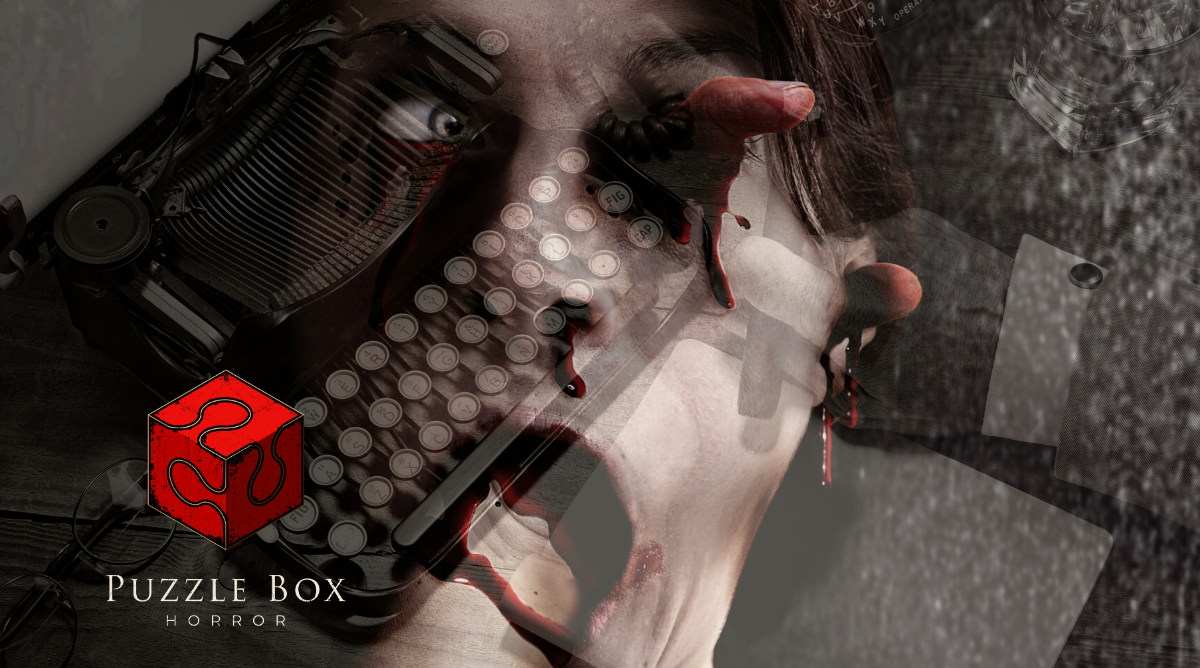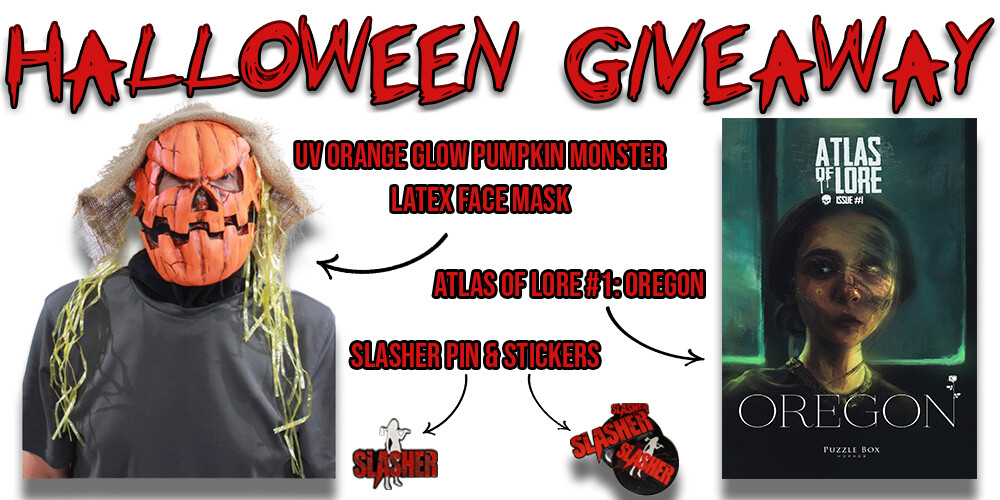
There are horror movies that you can’t wait to see. Literally, you are counting down the months and days until you can get into one of those fat leather recliners in the theater, bury yourself with an insanely sized soft drink and a bucket o’ popcorn the side of your head. Ahhh… finally, you’re going to watch something scary AF with an 8/10 probability of you sleeping with the closet light on, tonight right?
And then it happens. Boring happens. More often than not, contemporary horror movies fail to resonate with true terror for the most devoted horror movie fans. Have we become desensitized over years of screaming “RUN!” and “NO NOT THAT WAY!” at the big screen or our televisions? Or has there been a massive movement to ‘water down’ scary novels when they are converted to screenplays, to appeal to a boarder commercial audience?
We get it. If a movie is ‘too scary’ (personally we don’t believe there is such a thing), then a portion of the population will never see the movie. Will never buy the oversized soda’s and overpriced popcorn and cheesy pretzels the theater. And since the average movie can cost between $20 million to more than $100 million dollars to produce, you bet the studio shareholders want something marketable.
But where does that leave true horror fans? Waiting for the very rare (but jaw droppingly terrifying) psychological horror scripts. These movies are up to the standard for horror fans, because they leave you feel frankly traumatized after you have watched them. And there is not beating the adrenaline rush that psychological horror films deliver.
We pay to be scared. We want to be scared. And if you are an aspiring horror screenplay, short story or novel writer, you want to make sure you hit those valuable psychological triggers, to make your story memorable (and affectionately traumatizing) for your fans.
Write your horror to horrify the audience, with these 7 essential themes, visual tricks and audience mind games to deliver a truly frightening piece of horror.
1. Create a Safe and Loving Environment for the Characters (Then Violate It)
Have you ever noticed how some of the most classic horror movies and screenplays, do a lot of work to develop a sense of love, safety and sentimental memories? Whether it is a family cabin, with personal history and childhood pictures everywhere, with quaint homemade touches, or a contemporary smart home with virtually every security feature possible. When you set the stage for safety and security, you are preparing to shatter that sense of safety, with terrifying effect.
To empathize with the characters, horror writers must help the audience relate. From the smell of “mom food” cooking in the kitchen, to the friendly family dog (sigh… why does the dog always get it in a horror movie?), you are sharing that sense we all feel in our own home. It’s our territory. We know every square inch of our homes, and there is something sacred about your house. Which is violated the moment a really horrible monster, serial killer, alien, or scarier yet, a malicious human comes through the doors of your personal security, to do harm to family.
Oh look… they are riding in a family car and singing along like we do. And then, bad things happen.
2. Leverage Fear of the Unknown
In a truly psychologically terrifying movie, everything should make sense along the plot line, until things start to happen that make no sense. The more sophisticated kind of horror plots will take the audience along a predictable story path, where they THINK they can predict the ending, and then throw a monkey wrench into the story where literally, shit hits the fan and nothing is okay anymore.
Lulling your audience into a sense of comfort with a predictable introductory storyline, is one of the best ways to shock and horrify them. Some of the most effective horror films of our time, did not actually show us the villain. Monsters or demonic forces moving around the characters, force the audience to imagine what is lurking beyond. And when horror writers master the fear of the unknown in a novel or screenplay, the confirmation that the threat is worse than the audience imagined, makes for truly cinematic trauma.
Not actually knowing what is coming to get the characters is scarier than any special effect monster or visual.
3. Can You Make Your Audience Hold Their Breathe? Weaponizing Suspense in Horror
Nobody likes suspense. It makes us squirm. We want to know what is going to happen next, and when horror writers spin scene development to gradually increase the crescendo from audience concern, to perceived threat, to confirmation of the threat in a slow agonizing way? That’s how writers can create the adrenaline rush that horror fans love.
When the audience has affiliated or created a favorably impression about the protagonists, or lead characters in the movie, they feel some affection toward them. That’s masterful character development in any paranormal or horror story. The audience becomes invested in the character(s) and doesn’t want to see anything bad happen to them. Even though innately, they know some really bad shit is coming for the would-be heroes.
The longer you draw out the aura of suspense in a horror scene, the more time the audience has to worry about the safety of the character. To imagine the terrible thing that might happen to them next, and to formulate a guess about the ‘last character standing’. Will that character survive? Will there be any survivors? Suspense draws out that anxiety, raises the pulse of the audience, and ends up confirming their worst fears for the character. And the audience experiences the terror of the character in the first-person, imagining what they would do in a similar situation.
Some of the movies that are premiering in Fall 2020 hold a lot of promise to return to the kind of psychological horror that fans love. Like “Halloween Kills” which is rumored to be the last in the Michael Myers and Laurie Strode saga. Or the much anticipated “Antlers” lore about the Wendigo.
Do you feel like horror movies today are less scary than they used to be? We love hearing from our members. Leave us a comment and tell us which horror movie or novel remains the most psychologically traumatizing fiction you’ve ever experienced.
Generation X gamer girl, marketing professional and closet horror writer. Lover of fast moving horror movies, slow moving zombies and historically based paranormal lore.




2 replies on “4 Pro Tips for Writing Psychological Traumatic Horror”
It was a tough read. Not because the f what you wrote, but because it hurt my eyes with the white lettering on the off white background.
Ignore my comment apparently it was an issue with my what I was reading it on. Great article btw